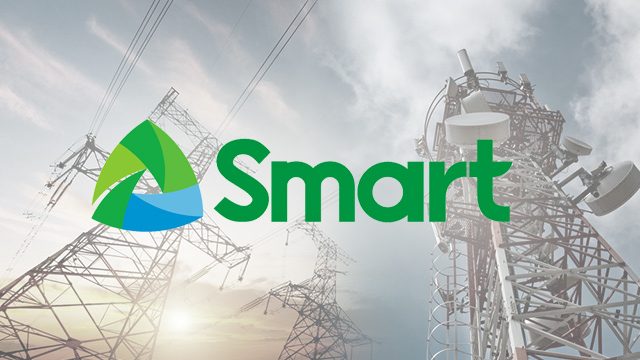SUMMARY
This is AI generated summarization, which may have errors. For context, always refer to the full article.

MANILA, Philippines – Philippine telco Smart reports that they have added 3,900 LTE base stations to their network from January 2018 to the end of June 2018, bringing the total number to 12,600 – a 45% increase since the beginning of the year.
The two major telcos in the Philippines have faced tremendous pressure from the government and consumers to improve services, particularly the speed of internet connections, the pricing and the value provided, and the availability of fast, modern connections. In response, the two companies have been active in rolling out more cell sites in more locations, even in remote areas including Batanes and Tawi-Tawi. Updates on their rollouts have been a regular part of their public communiqué this year.
Globe, in their latest such update, reported in May that they rolled out 942 LTE base stations from January 2018 to April 2018, bringing their total to around 11,300 – a 9% increase. Smart, based on the latest available numbers, now has more LTE base stations than Globe, which started the year ahead with 10,300 sites by 2017’s end. Smart had 8,700 at the time.
Smart also reports that the reach of their fixed broadband connections has increased, rolling out 29,000 kilometers of fiber cable to bring the total to 204,000. The rollout of fiber cable complements the rollout of LTE base stations. The terrestrial fiber lines increase the capacity of what LTE base stations can deliver to users. With the rollout, more locations in Luzon, Visayas and Mindanao now have options to connect via fiber, says Smart.
Rollout is also partly guided by the number of ready consumers in a given area. “The beneficial impact of these network roll-out efforts has been enhanced by the tighter coordination between our business and network organizations, and, between the fixed and mobile engineering teams. As a result, we are prioritizing the roll-out in areas where there are ready customers,” said Mario Tamayo, senior vice president for network planning and engineering.
In light of these developments, the government and the Department of Information Communications and Technology (DICT) continue to look for the third telco to improve market competition. Acting DICT secretary Eliseo Rio has remarked that the third telco will enter the market before Christmas this year. – Rappler.com
Add a comment
How does this make you feel?
There are no comments yet. Add your comment to start the conversation.